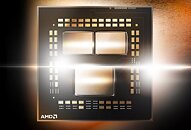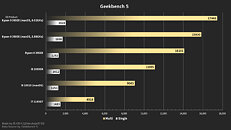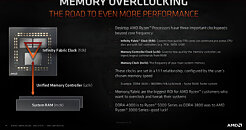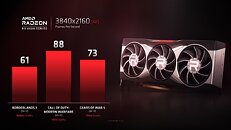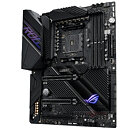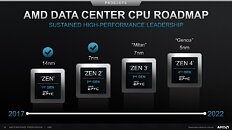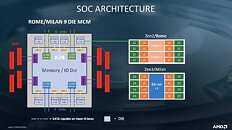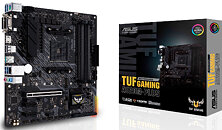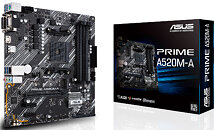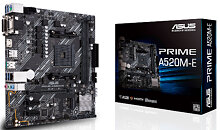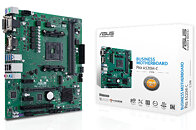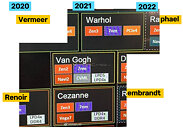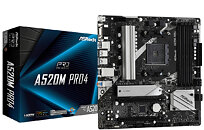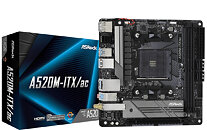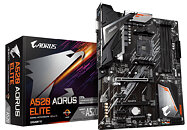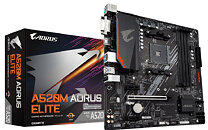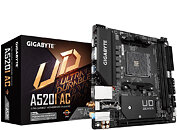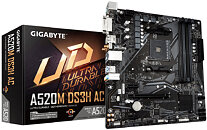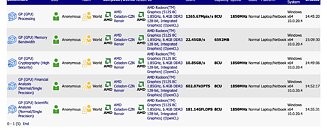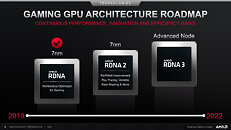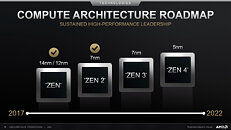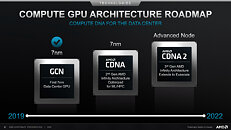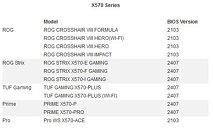
AMD Ryzen 5 5600X Benchmarked, Conquers Intel Core i5-10600K
Since AMD announced its next-generation Ryzen 5000 series desktop processors based on Zen 3 core, everyone has been wondering how the new processors perform. For a detailed review and performance numbers, you should wait for official reviews. However, today we have the scores of Ryzen 5 5600X CPU. Thanks to the popular hardware leaker @TUM_APISAK, the Ryzen 5 5600X performance numbers in the SiSoftware Sandra benchmark suite have been leaked. When digging under the hood, the new Ryzen CPU contains six of Zen 3 cores with 12 threads, paired with as much as 32 MB of level three (L3) cache. These cores are running at 3.7 GHz base frequency, while the boost speeds are reaching 4.6 GHz.
In the test results, the AMD Ryzen 5 5600X CPU has scored Processor Arithmetic and Processor Multi-Media scores of 255.22 GOPS and 904.38 Mpix/s. These scores are not much on their own until we compare them to some of the Intel offerings. When compared to the Intel Core i5-10600K CPU, which is likely its targeted competing category, it scores 224.07 GOPS and 662.33 Mpix/s for Processor Arithmetic and Processor Multi-Media tests respectively. This puts the AMD CPU ahead 13.9% and 36.5% in these tests, indicating the possibility of Zen 3. Another important note here is the thermal headroom both of these CPUs run. While the Intel model is constrained withing 125 W TDP, the AMD model runs at just 65 W TDP. This could be an indication of the efficiency that these new processors harness.
In the test results, the AMD Ryzen 5 5600X CPU has scored Processor Arithmetic and Processor Multi-Media scores of 255.22 GOPS and 904.38 Mpix/s. These scores are not much on their own until we compare them to some of the Intel offerings. When compared to the Intel Core i5-10600K CPU, which is likely its targeted competing category, it scores 224.07 GOPS and 662.33 Mpix/s for Processor Arithmetic and Processor Multi-Media tests respectively. This puts the AMD CPU ahead 13.9% and 36.5% in these tests, indicating the possibility of Zen 3. Another important note here is the thermal headroom both of these CPUs run. While the Intel model is constrained withing 125 W TDP, the AMD model runs at just 65 W TDP. This could be an indication of the efficiency that these new processors harness.
